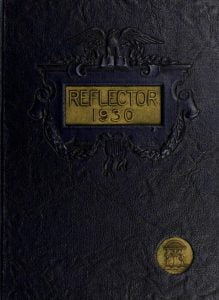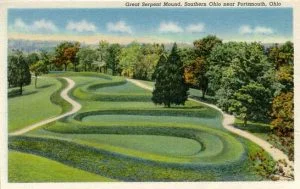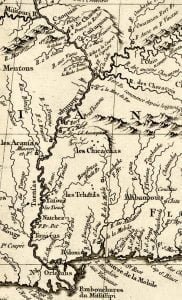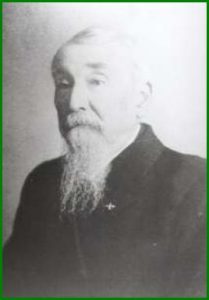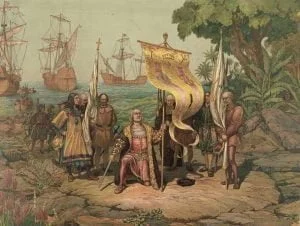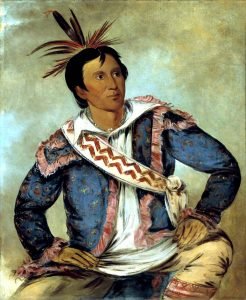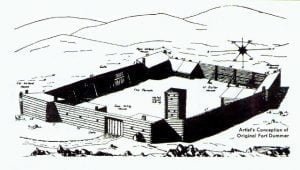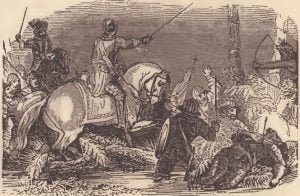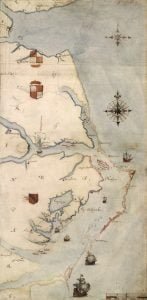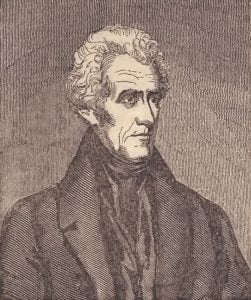Memoirs of Nathaniel Folsom
I will here present to the reader the memoirs of Nathaniel Folsom the oldest of the three brothers who cast their lot in their morning” of life among” the Choctaws, and became the fathers of the Folsom House in the Choctaw Nation, as related by himself to the missionary, Rev. Cyrus Byington, June, 1823, and furnished me by his grand-daughter Czarena Folsom, now Mrs. Rabb. “I was born in North Carolina, Rowan County, May 17th, 1756. My father was born in Massachusetts or Connecticut. My mother was born in New Jersey. My parents moved to Georgia, and there my father … Read more

